We've found 406 matches for your search. Order by
Results
-
 £24.95
£24.95 -
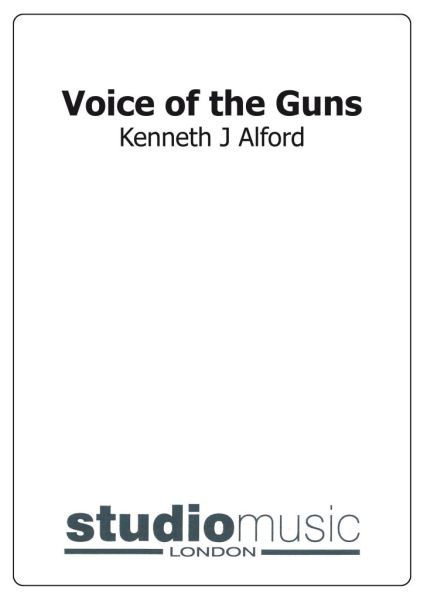 £24.95
£24.95 -
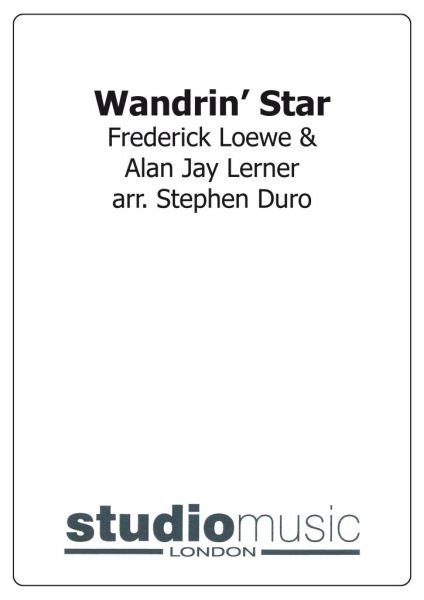 £24.95
£24.95Wandrin' Star
This set is march card sizedfrom Paint Your Wagon
Estimated dispatch 7-14 working days
-
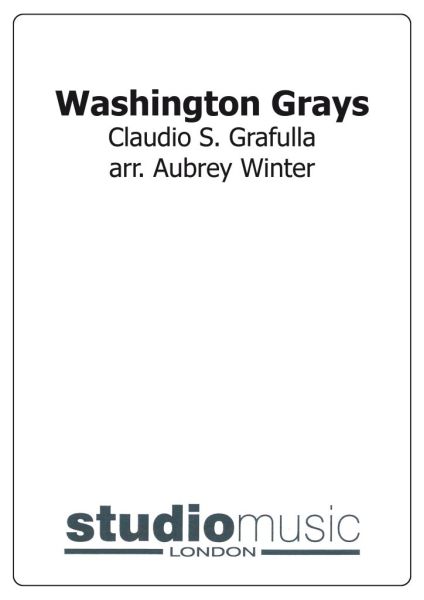 £24.95
£24.95 -
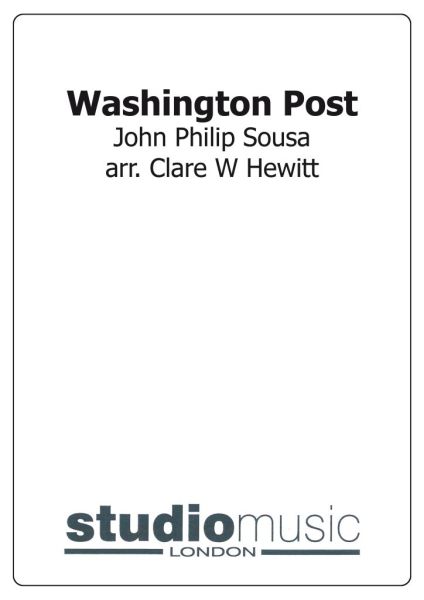 £24.95
£24.95 -
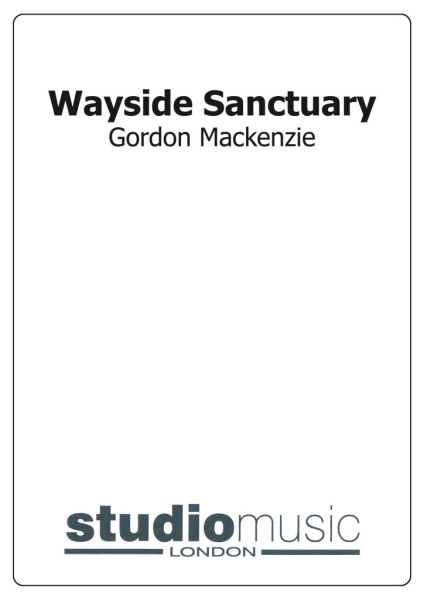 £24.95
£24.95 -
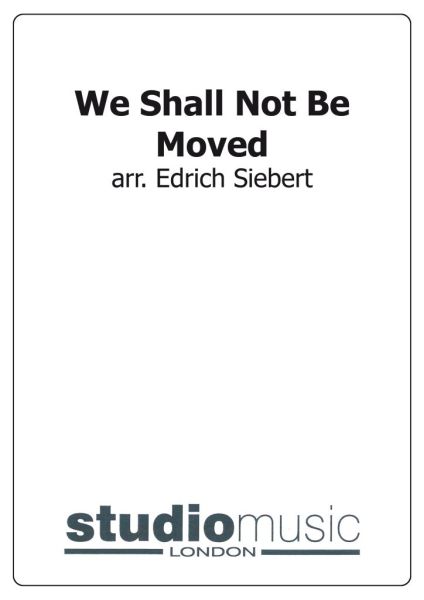 £24.95
£24.95 -
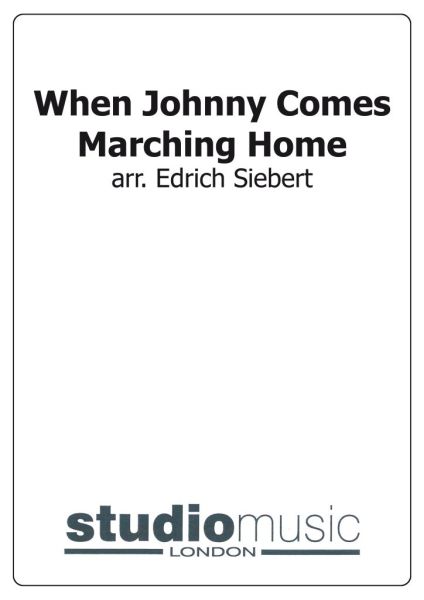 £24.95
£24.95 -
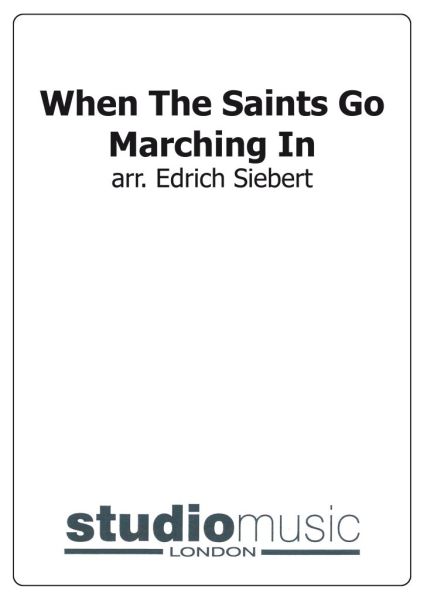 £24.95
£24.95 -
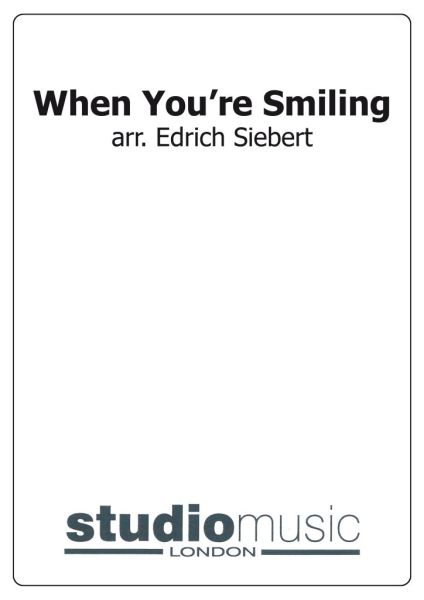 £24.95
£24.95
